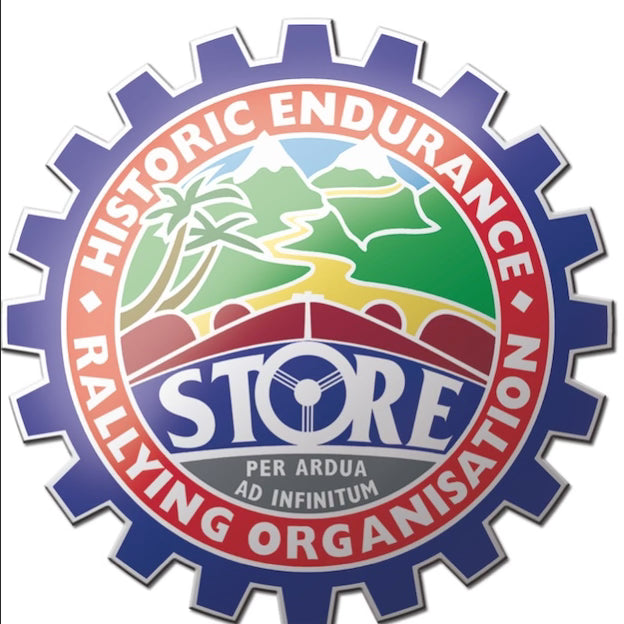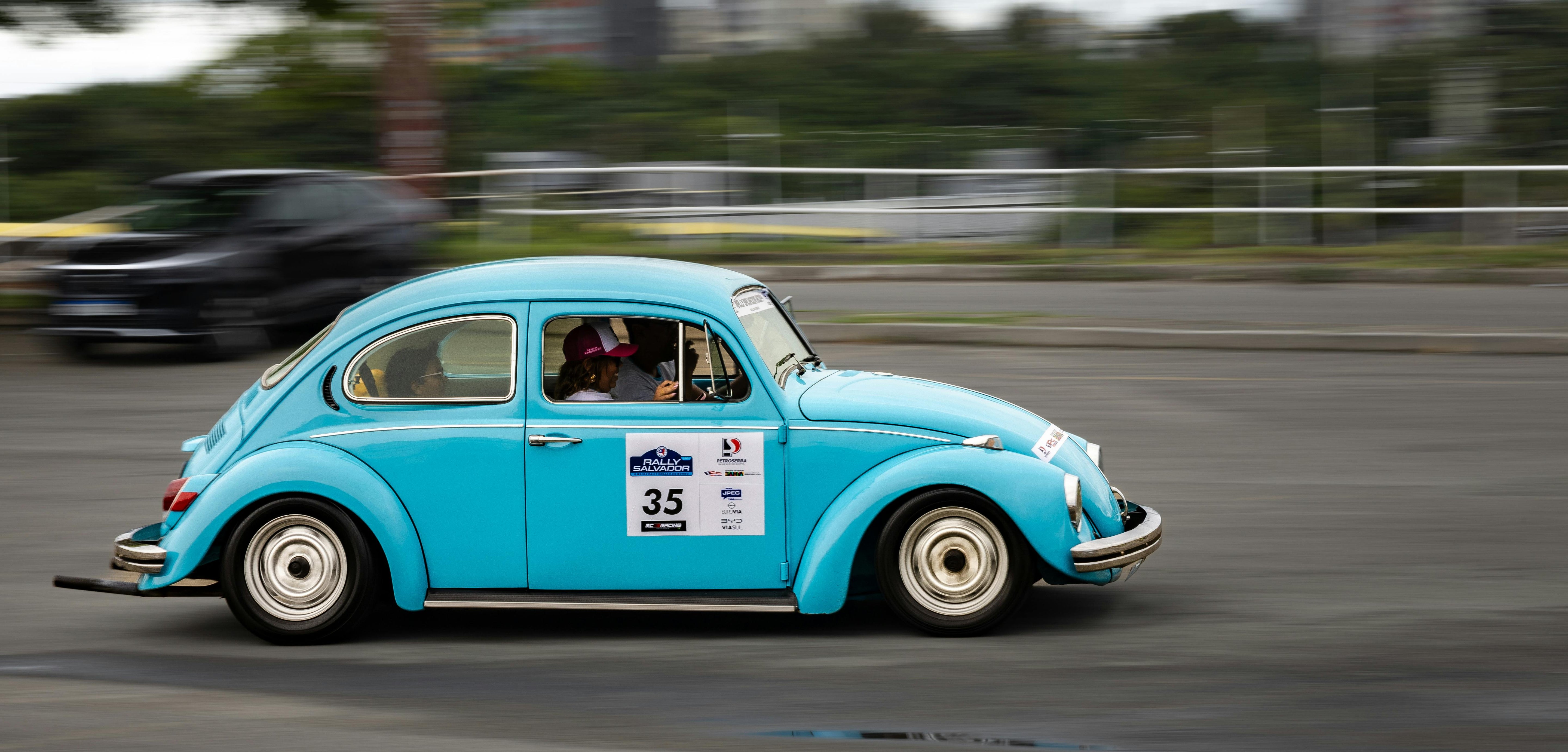Building a classic rally car on a budget may seem like a daunting task, but with some strategy, patience, and passion, it's entirely possible. Here, I’ll share practical tips and key steps to turn a classic car into a rally machine capable of handling the challenges of the road, all while sticking to a limited budget.
1. Choosing the Car Base: Budget and Reliability Are Key
The first and most important piece of advice is to choose an old car base that is not only affordable but also solid and relatively easy to restore. Several classic models can be modified for rally racing without costing a fortune, including:
- Renault 4: Very popular in France and available at low prices. It's robust, lightweight, and ideal for "dirt" rallying.
- Peugeot 205 Rallye: A small, popular car that offers a good base for modifications.
- Ford Escort MK1 or MK2: These models are rally classics and remain relatively affordable if you're patient.
The idea is to start with a low-cost car that’s in good working condition, but don’t aim for a perfect model. A car with some rust or an aging engine can still work because you will be modifying and restoring it.
2. The Engine: Performance and Durability on a Budget
The engine is the key component of any rally car. However, this doesn’t mean you have to opt for an expensive competition engine.
-
Recondition the Original Engine: In many cases, it’s more economical to recondition the car’s original engine. This can include replacing piston rings, adjusting the exhaust system, and improving the ignition. You can find low-cost overhaul kits online or at junkyards.
-
Used Engine: If you prefer to replace the engine, look for used engines from other rally cars or similar models. For instance, an engine from a Peugeot 205 GTI can be swapped into a 205 Rallye to improve performance at a lower cost.
-
Carburetor and Intake: A larger carburetor, combined with an upgraded intake system, can boost horsepower without needing to buy a whole new engine.
3. Suspension and Brakes: Making the Car More Stable and Safe
Suspension and brakes are essential for safety and performance in rally racing. However, they can be improved without breaking the bank:
-
Suspension: Look for adjustable suspension kits used or model-specific kits for your chosen car. For example, suspension kits for the Ford Escort MK2 or the Peugeot 205 are fairly common and relatively inexpensive. If you want a more competitive setup, opt for reinforced shock absorbers and springs that can be found at affordable prices in specialized shops.
-
Brakes: For the brakes, a good set of quality brake pads and reinforced discs can be enough to improve performance. Focus on reputable brands for rally vehicles, but by searching for second-hand or discounted parts, you can reduce costs. Don’t skimp on steel braided brake lines—they’re essential for safe rally driving.
4. Transmission: Optimize at a Lower Cost
The transmission plays a crucial role in handling the engine’s power. If your car already has a manual transmission, that’s a good starting point. The goal is to optimize the transmission so the power is effectively transferred to the wheels.
- Reinforced Gearbox: A used gearbox from a similar model can be a cost-effective solution. You can also look for reinforced parts for your gearbox to prevent failures during a rally.
5. Body and Safety: Lighten and Reinforce
In rallying, safety is a priority. Therefore, it’s important to reinforce the car’s body while also lightening it to improve performance. Here are some tips:
-
Lightening the Car: To reduce weight, you can replace certain parts with lighter materials. For example, replace leather seats with lightweight fabric or plastic seats, and you can lighten the door panels as well.
-
Safety Cage: A safety cage is essential. While it may seem costly, it’s often possible to buy a second-hand one or have one custom-made at a lower price. Also, check car clubs or rally forums—members often sell second-hand safety cages that fit different models.
6. Tires and Wheels: Find Grip at the Best Price
Tires are a crucial component for rally car performance, but you don’t need to spend a fortune. Here are some tips to choose tires at a reasonable price:
-
Used Tires: Look for used rally tires that still have plenty of tread left. Sometimes, car clubs or forums offer lots of tires at discounted prices. Just make sure they are still in good condition.
-
Lightweight Wheels: Go for used but durable wheels. Lightweight metal wheels or original wheels from classic cars are often available at affordable prices.
7. Details: Personalize on a Budget
Finally, the finishing touches on your rally car: equipment and accessories. This includes everything from paint to additional lights, racing seats, and steering wheels.
-
Paint: For the paint job, you can opt for a matte or satin finish, which is usually cheaper than glossy paint. You could even paint some parts of the car yourself with an auto paint kit.
-
Accessories: For racing gear like seats, harnesses, or dashboard instruments, it’s possible to find good quality items at low prices, especially if you buy second-hand or catch promotions on specialized websites.
Conclusion: The Key to Success is Patience and Ingenuity
Building a classic rally car on a budget is no easy task, but it is achievable with some patience and research. The key is to choose the right base, recycle and reuse second-hand parts, and stay focused on safety and essential performance. Don’t forget that the car you’re going to create will not only be a fantastic personal project but also a way to explore the history of rallying through classic vehicles—all while staying within your budget.
Good luck with your build!



Share:
Essential Clothing for Rally Events : Stay Stylish and Comfortable with Hero-Era Vintage Gear
How to Get Started in Historic Rallying: A Practical Guide for Beginners